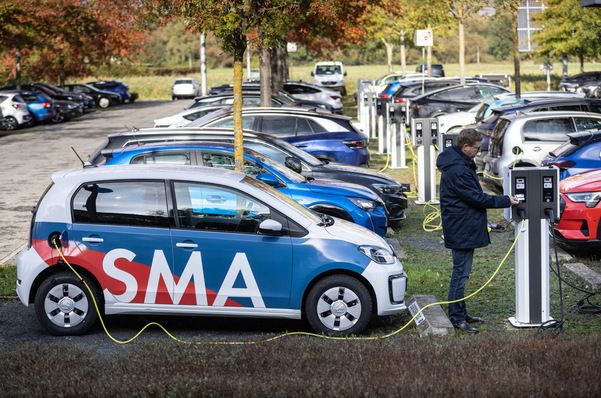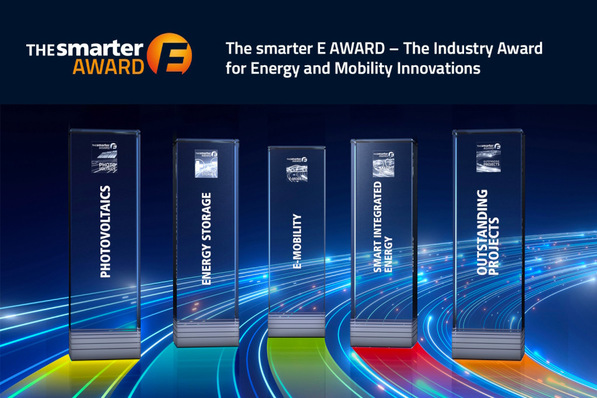Designwerk Technologies AG is currently building one of the world's first megawatt charging stations. In spring 2023, the charging station in container format is to charge e-trucks for the first time. It will be up to six times faster than conventional high-performance charging stations with 350 kW output. Integrated battery buffers are to avoid peak loads.
See also: Zurich city cleaning vehicles to be converted to electric
Another goal is for the charging stations to behave in a way that serves the grid. Scientific support for these technical developments is being provided by the Swiss Federal Office of Energy (SFOE) and renowned industrial partners. On the research side, the Bern University of Applied Sciences (BFH) and the University of Applied Sciences of Eastern Switzerland (OST) are involved in the project.
Charging infrastructure for commercial vehicles indispensable
Heavy goods traffic is of central importance for the energy transition and the achievement of climate goals. Around 6.6 million trucks are in use on Europe's roads. They transport 76.7 per cent of all freight on land.
Consequently, it is also important to increase the share of low-emission or emission-free means of transport here. To ensure that the system meets the necessary acceptance, it is based on the new charging standard Megawatt Charging System, or MCS. This was launched internationally in June of this year.
Security of supply as a project component
The realisation that powerful charging stations place a strain on grids is an integral part of the project's starting point. The demonstration operation is therefore intended to show ways in which a high-performance charging network and security of energy supply can go hand in hand: The charging containers contain second-life e-truck batteries as a buffer to prevent peak loads.
Also interesting: ADS Tec and Amperio to build over 100 fast charging stations with storage support
This not only eliminates the need for grid expansion. The storage unit should even be able to release renewably produced electricity back into the grid if needed. Similar to bidirectional charging, electric mobility can be used as part of supply solutions. Demonstration systems at Galliker Transport AG, Käppeli Logistik and Murg Flums Energie are intended to prove that this works. (mfo)







